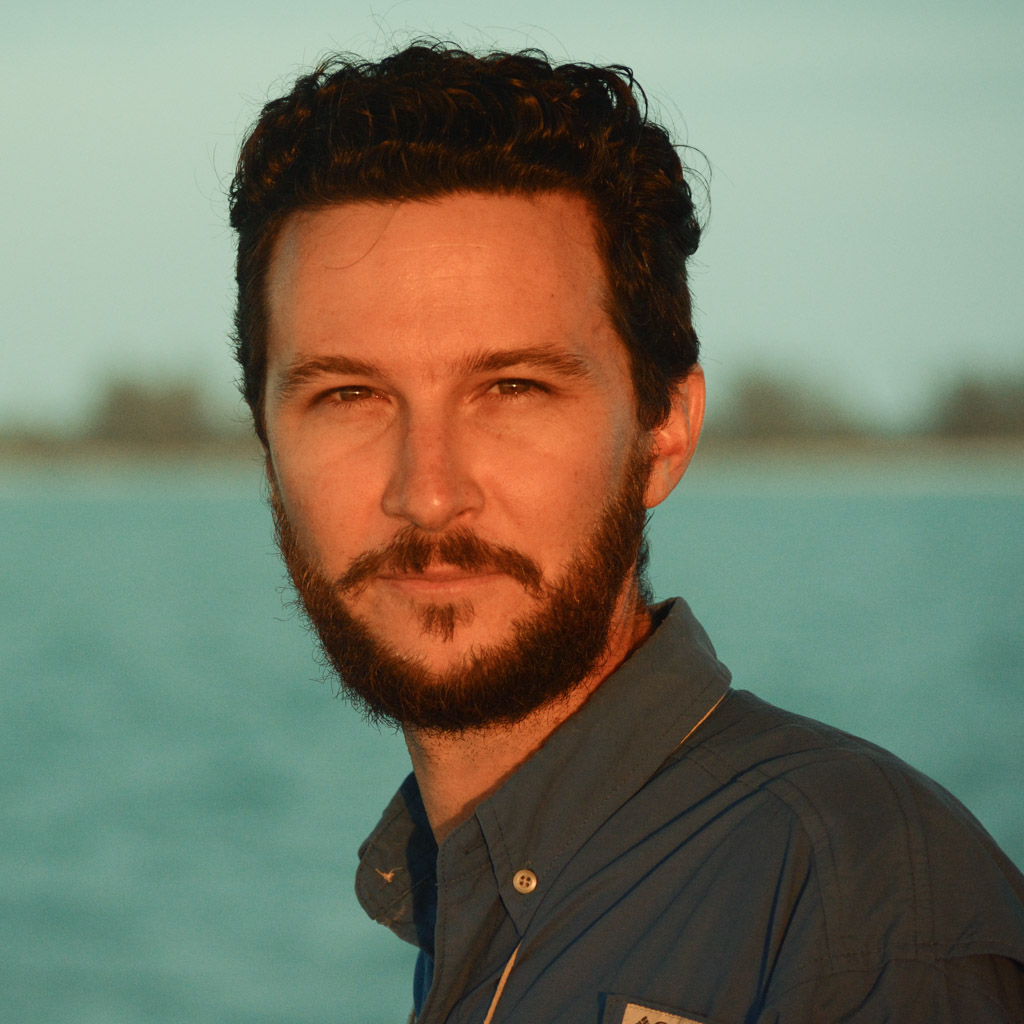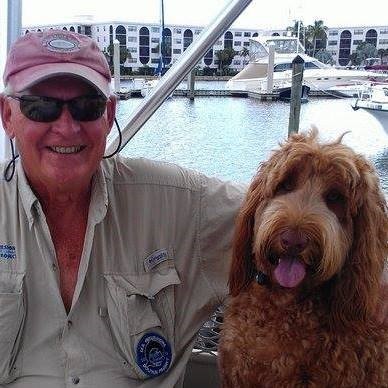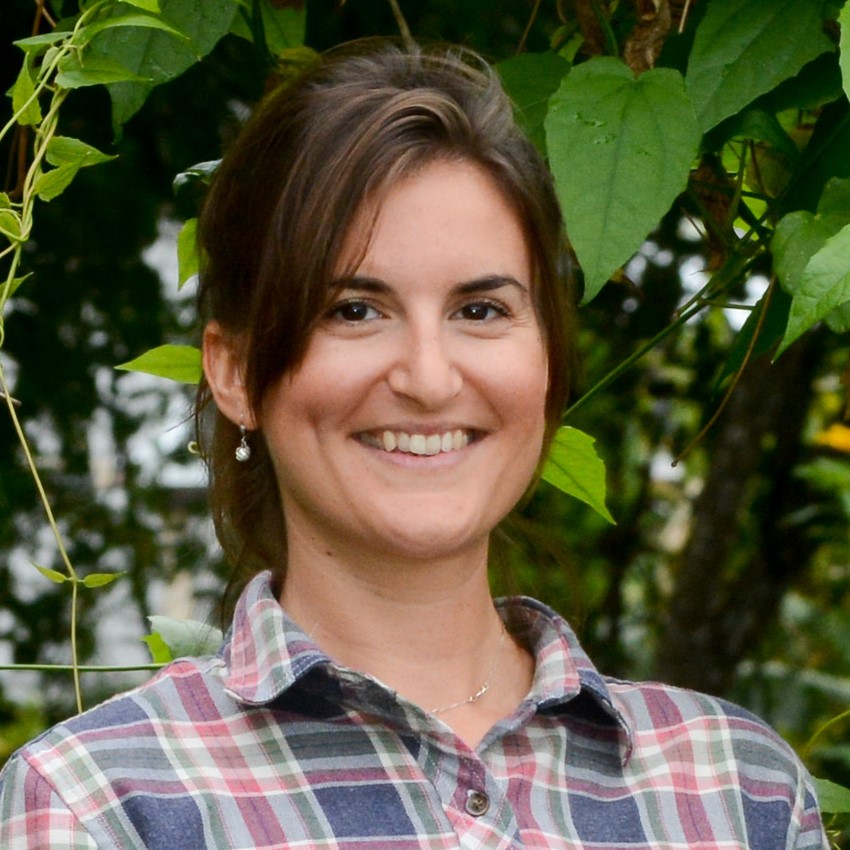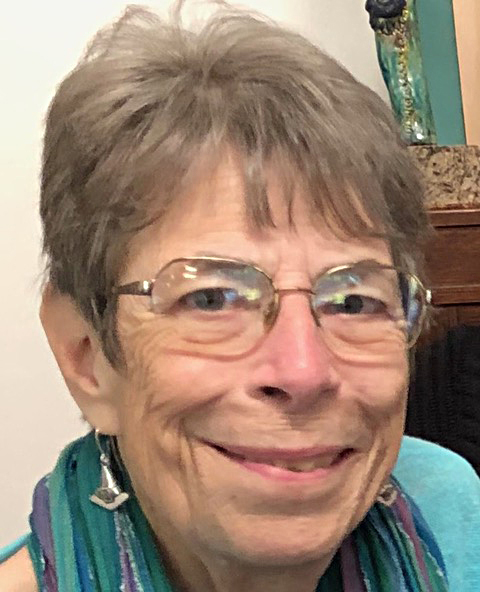Our Mission
The Dolphin Study employs citizen science to reveal the world of bottlenose dolphins in Southwest Florida, highlight threats to their habitat and health and promote behaviors that will ensure they can continue to thrive.
Our Vision
A community alive to the needs of our local bottlenose dolphins and engaged in the work of sustaining an environment where they can thrive.
Our Work
- We process photo and sighting data and maintain a database of the communities of bottlenose dolphins in Southwest Florida.
We provide a free, searchable online database of the communities of Dolphins in southwest Florida as a resource to naturalists, scientists, resource managers and the interested public.
We develop educational materials providing the most comprehensive portrait available of the dolphins resident to the waters around Naples, Marco Island and Goodland Florida
We highlight threats to the habitat and health of our local dolphins and, through education and advocacy, work to create an environment in which they can thrive.
Our Story: from curiosity to awareness to commitment
Curiosity
Among the first dolphins we recorded after launching The Dolphin Study on a cool January day in 2006 were a mother and calf we eventually named Halfway and Seymour. We had started the study because we were curious about the dolphins in our area – how many were there? How far did they travel? When were their calves born? In time we would learn all of this and more.
But the most profound revelation occurred the moment we photographed Halfway and Seymour’s dorsal fins and assigned them a name. In an instant our perception these animals changed. They stopped being generic representatives of their species and became, instead, individuals.
In the years since we have logged over 1500 sightings of Halfway, recorded 6 of her births and come to recognize her not just as an individual with her own story but also as a member of a complex thriving community.
Awareness
In 2013 while conducting surveys we came across our old friend Seymour, now a young sub-adult 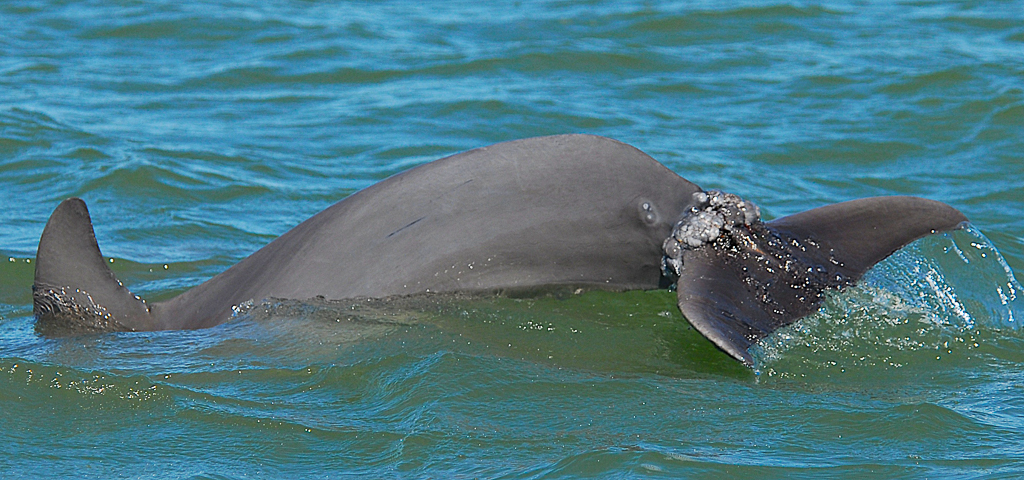 dolphin on his own. Seymour was acting oddly, repeatedly slapping his tail on the surface of the water.
dolphin on his own. Seymour was acting oddly, repeatedly slapping his tail on the surface of the water.
When we finally captured a picture, the problem became obvious. Fishing line was wrapped around his tail so tightly that it had become deeply embedded and scar tissue was building up around the wound.
We reported the injury to NOAA NMFS. By examining the photo we provided they were able to determine that the entanglement was life threatening and authorized an intervention. Eventually Seymour was captured and after veterinarians had worked on him for over an hour the line was removed and Seymour was treated with an antibiotic and released.
It was gratifying to play a small part in the rescue of Halfway’s former calf but the intervention, harrowing and stressful for Seymour, was expensive and logistically difficult for the stranding network. Unfortunately, it was not an isolated incident. In 2009 we noticed a metal fishing leader attached to the tail of another of Halfway’s offspring – her two-year-old calf Skipper. Once again the stranding network carried out an arduous, expensive intervention to save her life.
In 2012 one of Halfway’s grandchildren was seen trailing a tangle of fishing line. Eventually she freed herself of the line on her own but not before it cut deep grooves in her dorsal fin.
During this time when so many of Halfway’s offspring experienced life-threatening entanglements in fishing line, several other dolphins in Southwest Florida suffered ghastly injuries and deaths from boat strikes. One dolphin was intentionally murdered.
A series of red tide (karenia brevis) blooms plagued the southwest gulf coast and corresponded to a record number of dolphin strandings between 2018 and 2020 leading NOAA to declare an Unusual Mortality Event.
Elsewhere in Florida dolphins were experiencing impacts of the climate crisis with many covered in lesions from contact with fresh water spilling into the Gulf.
Commitment
We came to recognize that human behavior was piling threat upon threat to the survival of our dolphin neighbors. Costly and logistically difficult interventions by dedicated group of volunteers to save individual dolphins would not be enough to ensure that they would continue to thrive. All of us would need to alter our behavior.
In 2020 we established The Dolphin Study a 501(c)(3) nonprofit devoted to introducing others to the local bottlenose dolphin community we have come to know and enlisting their support in encouraging choices that will help ensure these magnificent animals will continue to thrive alongside us.
Born of curiosity, The Dolphin Study maintains a database documenting the local dolphin communities and makes this information freely available. In doing so we hope everyone – scientists, resource managers and the interested public can experience our path from curiosity about the dolphins in our midst to awareness of the challenges they face and finally commitment to altering our behavior so these neighbors of ours can thrive alongside us.
The Dolphin Study Team
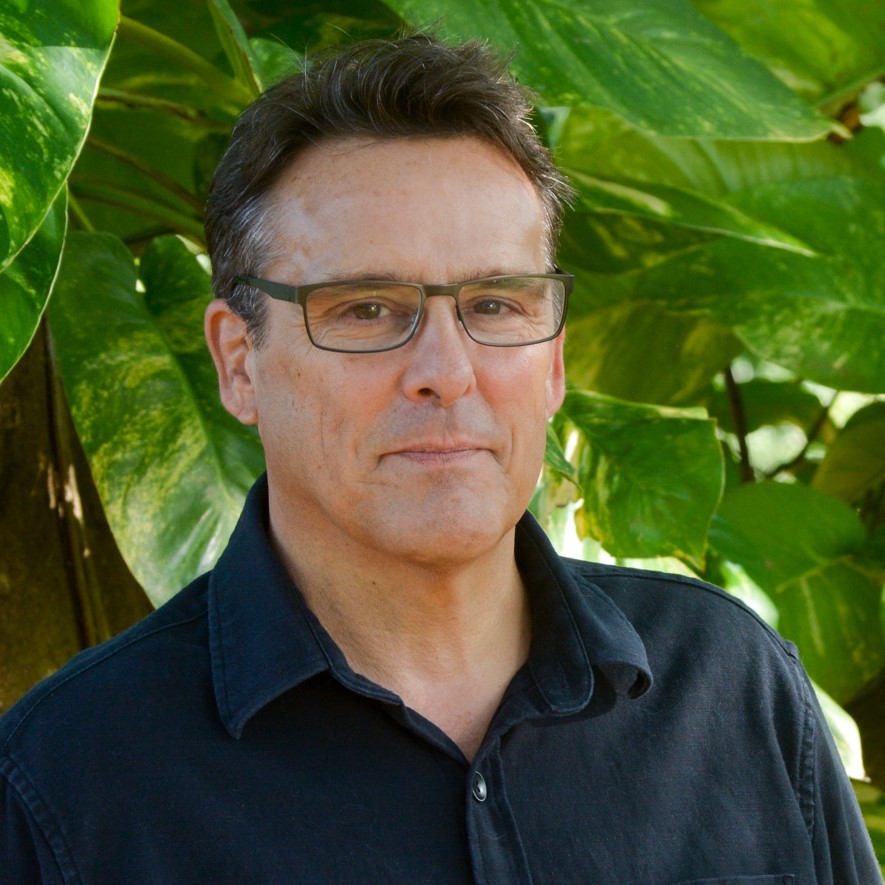
KENT MORSE
Founder and Director
EDUCATION
B.A. Modern English literature, The Ohio State University
BIO:
Kent has worked as a naturalist in Southeast Alaska, The Sea of Cortez and, for the past 15 years, Southwest Florida.
While employed with Sea Excursions, he and Chris Desmond established The 10,000 Island Dolphin Project, a photo-identification study of the coastal bottlenose dolphin communities in Southwest Florida. Together they developed the onboard program for a unique ecotour that incorporated this study. In 2012 this program was recognized in the National Geographic book, One Hundred Places That Can Change Your Child’s Life.
Kent has managed, developed and collected sighting data for The Dolphin Study photo-identification database since 2006.
In 2020 he launched The Dolphin Study, a 501(c)(3) non profit to increase our understanding of the bottlenose dolphins in Southwest Florida and the challenges they face from human impacts that range from increased boat traffic, interactions with recreational fisheries to toxins, red tide and the climate crisis.
In January 2021 he and Robyn Standke founded Dolphin Research Tours offering-boat based adventures that explore Southwest Florida’s varied marine habitats. Dolphin Research Tours combines a traditional ecotour with a citizen-science element, the collecting of photos and sighting data for The Dolphin Study database. DRT’s offers a dolphin watching excursion that seeks to minimize the impact of tourism on the local dolphin communities.
PLEASE SHOW YOUR SUPPORT !
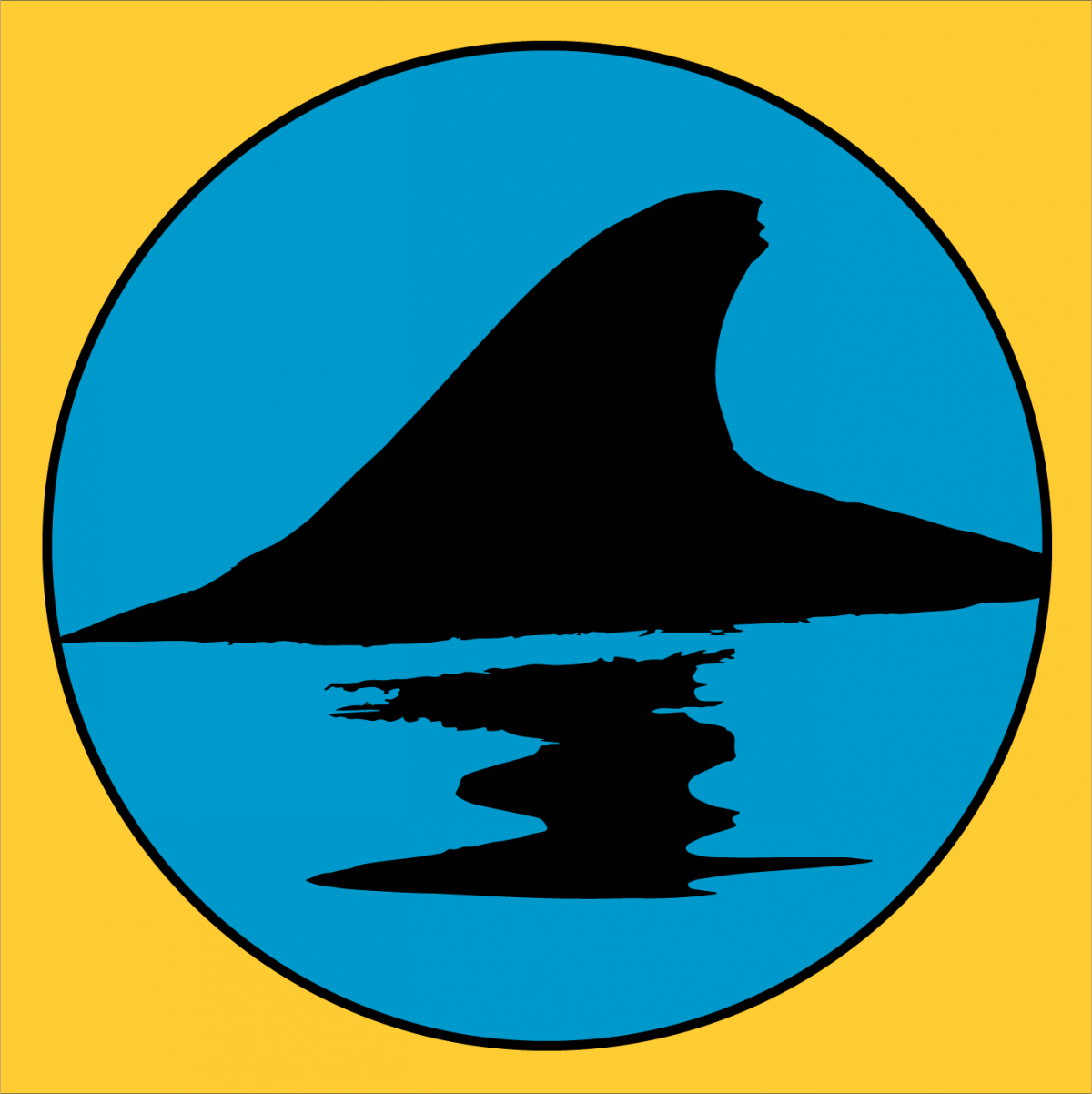
THE DOLPHIN STUDY
3385 Captains Cove, b
Naples, FL 34112
thedolphinstudy@gmail.com
ABOUT US
THE DATABASE
Images on this site are owned and © by The Dolphin Study Inc. All rights reserved. No images may be taken from this site and used for any purpose without explicit authorization.
The Dolphin Study is a 501(c)(3) Organization – Federal tax ID #83-3170365

